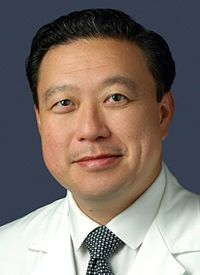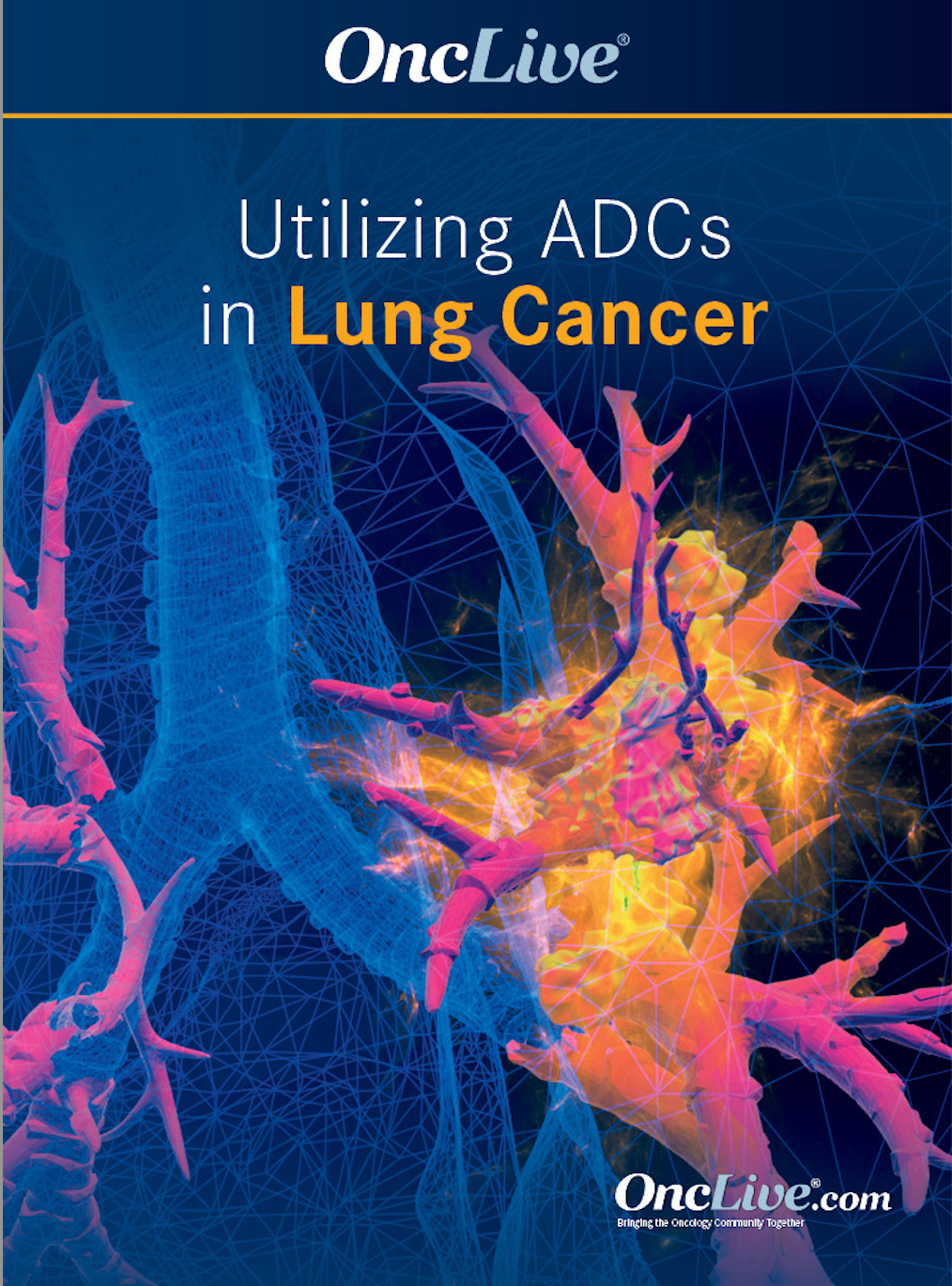Publication
Article
Supplements and Featured Publications
Novel Antibody-Drug Conjugates May Provide Effective and Targeted Treatment for NSCLC
Author(s):
Stephen V. Liu, MD, highlights the advantages of antibody-drug conjugates in lung cancer treatment, the current landscape of antibody-drug conjugate development, and several questions and considerations for continued investigation.
Stephen V. Liu, MD

The integration of antibody-drug conjugates (ADCs) into the current treatment paradigm for non–small cell lung cancer (NSCLC) signals an expansion and improvement of stand-alone therapies such as targeted therapy and chemotherapy for patients in this space, according to Stephen V. Liu, MD.
“Trastuzumab deruxtecan [Enhertu] is our only FDA-approved ADC, but there are many more on the horizon,” Liu said in an interview with OncLive® regarding his presentation at the 17th Annual New York Lung Cancers Symposium®. “ADCs targeting Trop2, CEACAM5, and other molecules expressed on the surface of cancer [cells could provide] a novel strategy to leverage in the treatment of lung cancer.”
In the interview, Liu, an associate professor of medicine at Georgetown University, and director of thoracic oncology and head of developmental therapeutics at the Georgetown Lombardi Comprehensive Cancer Center in Washington, DC, highlighted the advantages of ADCs in lung cancer treatment, the current landscape of ADC development, and several questions and considerations for continued investigation.
OncLive®: What is the advantage of utilizing ADCs in the treatment of patients with NSCLC?
Liu: ADCs are a novel class of agents [with] tremendous potential [for] NSCLC. These drugs combine the [best features of] targeted therapy [and chemotherapy] by using antibodies to [direct the drug] towards specific [tissue] subsets and delivering cytotoxic payloads that can achieve deep responses. In some cases, [researchers can] couple these to immunomodulatory agents to invoke immune responses. [Using ADCs] can really bridge all active agents [in the current treatment paradigm.]
What ADCs are currently being studied in lung cancer?
The ADC trastuzumab deruxtecan [was recently approved] for HER2-mutant NSCLC, and we expect to see it [eventually approved] in the frontline setting.
[Additionally,] two agents targeting Trop2, sacituzumab govitecan-hziy [Trodelvy] and datopotamab deruxtecan, both show promising activity in a previously treated [patient population.] [These therapies] do not require testing for Trop2, because most tumor cells express this biomarker.
Other targets to look at [include] CEACAM5, [which is targeted by] tusamitamab ravtansine. [Lastly, the] anti-MET antibody telisotuzumab vedotin [Teliso-V] has also shown activity and has a breakthrough designation [from the FDA.]
What future developments still need to occur to maximize the utility of ADCs in clinical practice?
[Although the Trop2 ADCs] clearly show activity after prior therapies, [we still don’t know if they will be used] after frontline chemoimmunotherapy or in combination with frontline immunotherapy. [We also don’t know if] there are [other] biomarkers that can help further refine delivery.
[Developing ADCs can be] tricky. We know that MET exon 14 [mutations] can trigger a response to kinase inhibitors, [but] for Teliso-V it’s MET on immunohistochemistry. [When] we think of [targeting] HER2 with an ADC, we think of protein expression, but for trastuzumab deruxtecan it is the HER2 mutation.
It’s a whole new world of learning specific biomarkers for specific agents, and we’re really excited about what’s coming. [The potential of] biomarker targeting [to better ensure a patient will respond to treatment] is appealing, [but] we need to see more activity in the coming years [from] these agents.
What key message should your colleagues take away from this presentation?
ADCs are not interchangeable drugs. When we think of PD-1 and PD-L1 inhibitors, and several of the kinase inhibitors to some degree, there is some interchangeability, but the effects are very similar overall. That is not the case for ADCs.
[Several] important factors distinguish these agents. Although the antibody target might be the same, the proprietary linker can really determine efficacy vs toxicity and the drug to antibody ratio [of these therapies]. We need to look at each of these drugs independently across different tumor types. Details [like] specific dosing and schedule are going to matter [greatly.]









